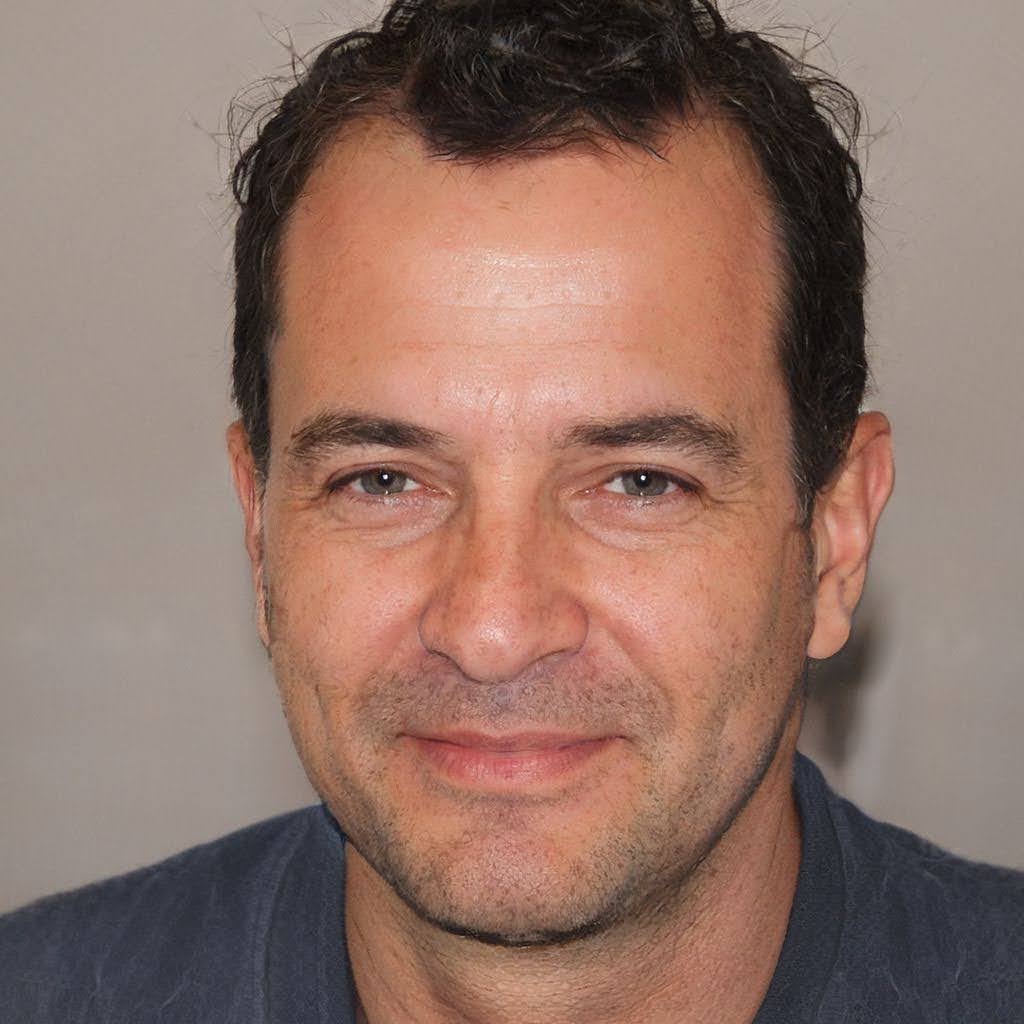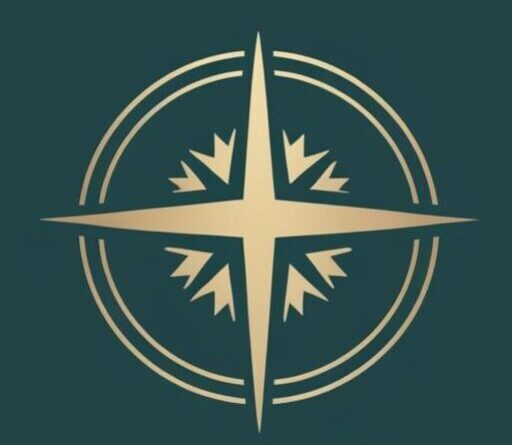Picture a slight figure trudging through muddy trails, a man whose small stature belied a spirit vast enough to cradle a nation’s dreams. That’s Saint John Neumann, the Bishop of Philadelphia who turned frailty into fortitude and his life into a lantern for the lost. His journey is like a mountain trail carved by a steady hand: it starts in the rolling hills of Bohemia, twists through stormy seas and untamed forests, and takes root in the United States, where he became a shepherd to immigrants with a love that spoke every tongue. For you, an American Catholic who’s stepped into a church raised by calloused immigrant hands or whispered a prayer for unity in fractured times, come climb this trail with me. Let’s uncover a saint whose quiet steps still echo, whispering to us: “Even the smallest light can pierce the darkest night.”
The Seminarian from Bohemia: A Childhood Woven with Faith
John Nepomucene Neumann entered the world on March 28, 1811, in Prachatice, a sleepy Bohemian town nestled in what was then the Austrian Empire (now the Czech Republic). Born to Philip, a German weaver whose loom hummed day and night, and Agnes, a Czech mother whose rosary beads clicked with equal rhythm, John grew up in a home where faith and labor danced together. As a boy, he’d sit by the fireplace, tracing Latin verbs in the dust while his father wove wool and his mother hummed hymns. By age 12, he was the parish priest’s shadow—carrying candles, ringing bells, and soaking in stories of saints from faded books.

School was his playground: Latin, Greek, mathematics, even botany captivated him. He’d wander the hills, sketching wildflowers and dreaming of a life beyond the sheep-dotted slopes. At 20, he entered the seminary in Budweis, his heart set on the priesthood. But fate threw a stone in his path: the diocese had too many priests, and ordinations were frozen. Friends drifted away, taking jobs as clerks or farmers, but John’s eyes turned westward. He’d read letters from American missionaries—tales of a rugged land where Catholic immigrants, German and Irish alike, built lives with little more than hope and prayer. “I couldn’t stand still while souls cried out for God,” he penned in a letter to the Bishop of New York, John Dubois.
In 1836, with a single dollar stitched into his coat, a battered Bible, and boots already thinning at the soles, John boarded a ship for America. The six-week voyage was a crucible: storms rocked the deck, and he battled seasickness with nothing but dry bread and determination. A lesser-known tale from this time: he swapped a crust of bread with a sailor for a tattered English dictionary, teaching himself the language word by halting word under the dim glow of a lantern. As the Statue of Liberty wasn’t yet standing, he arrived to a chaotic New York harbor, a 25-year-old seminarian with no home but a burning call.
The Priest of the Frontiers: A Heart Beating for the Marginalized
Landing in New York in June 1836, John didn’t pause to rest. He trudged 60 miles—three days on foot through muddy trails and mosquito swamps—to reach Bishop Dubois. On June 25, in the half-built St. Patrick’s Cathedral, surrounded by scaffolding and the clang of hammers, he knelt and became a priest. At 25, he was thrust into the wilds of upstate New York and western Pennsylvania, a frontier where Catholic immigrants scratched out lives in log huts and rocky fields. Picture him: a wiry figure, just 5-foot-2, riding a bony horse through pine forests, his black cassock snagging on thorns as he carried the Eucharist in a tin box.
His days were a blur of motion. In German settlements near Buffalo, he’d baptize babies in wooden troughs, their mothers weeping with gratitude. In Irish camps along the Erie Canal, he’d perch on a stump, teaching catechism to children with dirt-streaked faces, their fathers dead from canal fever. “My strength comes from God, not my body,” he’d say, brushing off a cough that clung like a shadow. He built a log church in Niagara with his own hands, swinging an axe beside burly farmers who called him “Father Johnny.” Another time, in a snowstorm, he walked 20 miles to hear a dying Irishman’s confession, arriving with frostbitten toes but a warm smile.
John’s gift was his tongue—or rather, tongues. He learned Gaelic to comfort Irish widows, Italian to pray with miners, and scraps of Polish and French to reach scattered souls. By his count, he mastered seven languages, each a key to unlock hearts. In 1840, worn thin—his eyes strained from midnight study, his lungs ragged—he joined the Redemptorists, an order vowed to the poorest of the poor. With them, he roamed even farther, sleeping in haylofts or under stars, his only meal often a crust shared with a farmer’s family. A quirky detail: he once patched his cassock with a potato sack, laughing that it was “holy enough for the road.”
The Reluctant Bishop: A Titan in Philadelphia’s Chaos
In 1852, at 41, John’s life took a sharp turn. Pope Pius IX named him Bishop of Philadelphia, a sprawling diocese covering half of Pennsylvania, chunks of New Jersey, and Delaware—nearly 100,000 Catholics, many living in shanties or factory slums. He balked, writing to Rome: “I am a poor servant, unfit for this.” The Pope’s reply was unwavering: this was God’s will. Consecrated on March 28, 1852, in Baltimore’s cathedral, John stepped into a diocese teetering on collapse. Priests were scarce, churches were rotting shacks, and immigrants faced venom from the “Know-Nothing” nativists, who saw Catholics as a foreign plague.

John rolled up his sleeves—figuratively and literally. In eight years, he raised nearly 100 churches, from tiny clapboard chapels in coal country to the grand Cathedral Basilica of Saints Peter and Paul, its dome a beacon over Philadelphia’s skyline. He founded 80 parochial schools, laying the cornerstone for America’s first diocesan Catholic education system. Irish girls in pigtails and German boys in lederhosen sat side by side, learning their ABCs and the Our Father. He penned a catechism in German, later translated to English, a slim book that became a staple in Catholic homes. “Education is their ladder out of poverty,” he’d say, visiting classrooms to bless chalk-dusted hands.
His days weren’t all triumph. In 1854, a cholera epidemic swept Philadelphia, turning streets into graveyards. John walked among the dying, washing sores and praying last rites, his cassock soaked in sweat and tears. That same year, nativists torched a church in Southwark; John stood amid the ashes, penning a plea for peace in the Public Ledger: “Our faith will rise from these flames.” His words doused the riots, earning Catholics a fragile truce. A tender moment: he’d carry a stool to baptize babies, his short arms barely reaching the font, a sight that made altar boys giggle but mothers weep with love.
The Friend of the Forgotten: A Bishop in Tattered Boots
John wasn’t a desk bishop. He crisscrossed his diocese on foot or horseback, his mitre traded for a cap against the rain. In a German hamlet near Pittsburgh, he tumbled from his horse into a creek, emerging drenched and chuckling: “Even the waters baptize me today!” Immigrants adored him—he broke their rye bread, sang their hymns, and wept at their graves. In blizzards, he hauled blankets to shivering families; in floods, he shoveled mud from flooded shacks.
His heart bled for the overlooked. In 1857, he started a mutual aid society for Catholic workers—mostly Irish—cast out of jobs by “No Irish Need Apply” signs. He opened St. Vincent’s Orphanage, taking in children orphaned by disease or industrial accidents, teaching them trades alongside prayers. On January 5, 1860, at 48, he collapsed on a snowy Philadelphia street after visiting a sick widow. “He spent his life for others until his last breath,” said the Redemptorist who found him, his boots split open, toes poking through. In his pocket: a rosary, three pennies, and a note scribbled with a prayer. His tomb in St. Peter’s Church, Philadelphia, draws pilgrims seeking his quiet strength.
The Saint of Simplicity: John Neumann’s Enduring Light
John was beatified in 1963 and canonized on June 19, 1977, by Pope Paul VI, who proclaimed: “John Neumann was an apostle of unity in a land of diversity” (Homily, 1977). In the U.S., he’s the patron of immigrants and Catholic education, a testament to faith’s power in harsh soil. His feast, January 5, fills churches he built—like St. Alphonsus in Baltimore—with hymns of gratitude.

Neumann University in Pennsylvania and countless schools carry his name, echoing his dream of lifting the lowly. He’s a mirror for America’s melting pot—Italians, Irish, Germans—who found a spiritual home through his care. Bishop James Conley wrote: “John Neumann shows us that immigrants are the backbone of Catholic America” (Conley, 2015). “The smallest among us can build the greatest things,” his life whispers to you, a call to light your own corner of the world.Footprints on the Trail of Faith: John’s Life in Pieces
Footprints on the Trail of Faith: John’s Life in Pieces
How about we pause now and trace the footprints John Neumann left on this mountain trail of faith? Each step is a quiet testament, a mark of a shepherd who led with worn boots and an open heart. Here’s the path he walked:
- Birth (March 28, 1811): Born in Prachatice, Bohemia, in a weave-and-prayer home.
- Arrival in the U.S. (June 1836): Stepped onto New York soil with a dollar and a dream.
- Priestly Ordination (June 25, 1836): Ordained in the skeletal St. Patrick’s Cathedral.
- Joining the Redemptorists (1840): Vowed himself to the poor, rekindling his fire.
- Appointment as Bishop (March 28, 1852): Took Philadelphia’s helm, a daunting charge.
- Death (January 5, 1860): Fell in the streets he served, his life poured out.
- Canonization (June 19, 1977): Named a saint, a timeless guide for the faithful.

I’m Jonathan Raeder, scholar of philosophy and the Catholic faith, deeply dedicated to exploring the teachings and traditions of the Church. Through years of study and reflection, I have gained a thorough understanding of Catholic philosophy, theology, and spirituality. My intention is to connect intellectual reflection with lived faith, shedding light on the richness of Catholic thought for all who wish to do so.

